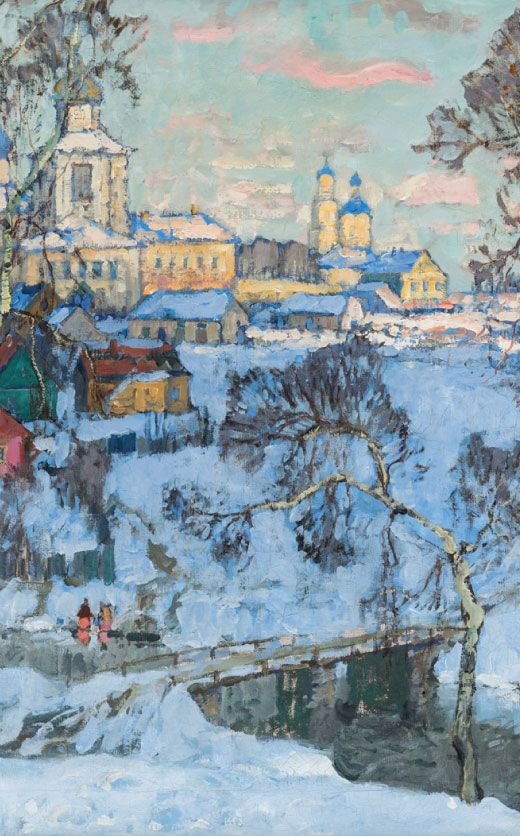A remarkable album belonging to a Lieutenant and published artist in the American Indian Wars
Lot 308
Categories
Estimate:
$2,000 - $3,000
Starting Bid
$1,000
Absentee vs Live bid
Two ways to bid:
- Leave a max absentee bid and the platform will bid on your behalf up to your maximum bid during the live auction.
- Bid live during the auction and your bids will be submitted real-time to the auctioneer.
Bid Increments
| Price | Bid Increment |
|---|---|
| $0 | $10 |
| $100 | $25 |
| $500 | $50 |
| $1,000 | $100 |
| $2,000 | $250 |
| $5,000 | $500 |
| $10,000 | $1,000 |
| $20,000 | $2,500 |
| $50,000 | $5,000 |
| $100,000 | $10,000 |
About Auction
By Doyle
Nov 25, 2025
Set Reminder
2025-11-25 10:00:00
2025-11-25 10:00:00
America/New_York
Bidsquare
Bidsquare : Rare Books, Autographs & Maps
https://www.bidsquare.com/auctions/doyle/rare-books-autographs-maps-21321
Auction of Rare Books, Autographs & Maps on Tuesday, November 25, 2025 at 10am Consignments Are Currently Being Accepted for Future Auctions We Invite You to Contact Us for a Complimentary Auction Evaluation of Your Collection Doyle info@doyle.com
Auction of Rare Books, Autographs & Maps on Tuesday, November 25, 2025 at 10am Consignments Are Currently Being Accepted for Future Auctions We Invite You to Contact Us for a Complimentary Auction Evaluation of Your Collection Doyle info@doyle.com
- Lot Description
[AMERICAN INDIAN WARS] A remarkable album of drawings, newspaper clippings, and ephemera belonging to an officer and published artist during the American Indian Wars. The album comprises approximately 30 leaves, with 45 mounted drawings, 8 of which are of Native American individuals or scenes. Quarter-leather over boards, cardstock mounts, 1870s-1900s. Pencil and charcoal on paper, newspaper clippings, and other ephemera. 12 1/2 x 14 1/2 inches (31 x 37) cm.; Album is worn, the cardstocks are loose and friable, some drawings and ephemera are unmounted. An extensive and visually fascinating album belonging to 1st Lieutenant Palmer Tilton of his decade of service in the U.S. Army, much of which was spent in the Indian Territory, i.e. modern Oklahoma, South Dakota and regions adjacent. Tilton was born in Boston, Massachusetts, on January 28th, 1852. He was accepted into the Army on October 19th, 1875, and by January 1881, Tilton was promoted to 1st Lieutenant. His service began at Fort Columbus in New York, where he was stationed from November 1875 to April 1876. In 1877, Tilton joined the 20th Infantry at Fort Seward in Dakota Territory—a prominent location in his drawings—and then moved to Fort Sisseton (now South Dakota). There, he was the inspector of annuities. Tilton suffered an injury the following year while he was on duty in San Antonio and was placed on sick leave for nearly three years. He rejoined his company at Fort Dodge, Kansas, in 1881 and served there until joining a regiment at Fort Reno (now Oklahoma). As reflected in his drawings, he spent considerable time at Fort Reno (nearly four years), serving as the inspector of beef issues and annuities for the Cheyennes and Arapahoes. While on duty at Fort Snelling in Minnesota in 1885, Tilton was examined by the Retiring Board and found incapacitated for active service due to "Coup de Soleil"—sunstroke. He was recommended for early retirement from the Army in April 1891. According to a photocopied memorandum laid into the album from William Powell's "Records of Living Officers of the United States Army," Tilton's constitution "[was] permanently shattered, and he [is] the main support of a widowed and crippled mother suffering from chronic Neuritis..." The album's many drawings, clippings, and scenes from life reveal Tilton's sensitive and inquisitive nature. Further, his annotations are spread throughout the album in a diaristic style, and they provide context for the album's contents. The subjects of the drawings range from individual studies of Native Americans, like the Arapaho Chief Powder Face at Fort Reno, a charming view of the Detroit River during a leave of absence in 1881, and an impressive rendering of the barracks at Fort Dodge in 1882. The substantial collection of ephemera includes horse racing programs printed at Fort Reno in the 1880s, accompanied by Tilton's rather nostalgic annotation "frontier reminiscences." There are dozens of invitations from the Secretary of War and the War Department, as Tilton seems to have been socially well-connected. Tilton took an 1880 trip to Chislehurst, England, where he plucked leaves from the tombs of Napoleon III and the Prince Imperial and affixed them to slips of paper; the same pages that contain these include some of his drawings from the voyage to England, which he took on the S.S. Italy. Perhaps the standout printed item in the album is a full-page composite drawing by Tilton published in The Daily Graphic on February 7th, 1883, entitled "Scenes At Fort Reno, Indian Territory."No condition report? Click below to request one.*Any condition statement is given as a courtesy to a client, is an opinion and should not be treated as a statement of fact and Doyle New York shall have no responsibility for any error or omission. Please contact the specialist department to request further information or additional images that may be available. Request a condition report
Condition
- Shipping Info
-
PICKUPS & SHIPPING
For information, please contact client.accounts@doyle.com
-
- Buyer's Premium



 EUR
EUR CAD
CAD AUD
AUD GBP
GBP MXN
MXN HKD
HKD CNY
CNY MYR
MYR SEK
SEK SGD
SGD CHF
CHF THB
THB














![19th Century Bond for Title with Revenue Stamps [Georgia]](https://s1.img.bidsquare.com/item/m/3359/33599711.jpeg?t=1VeT1h)
